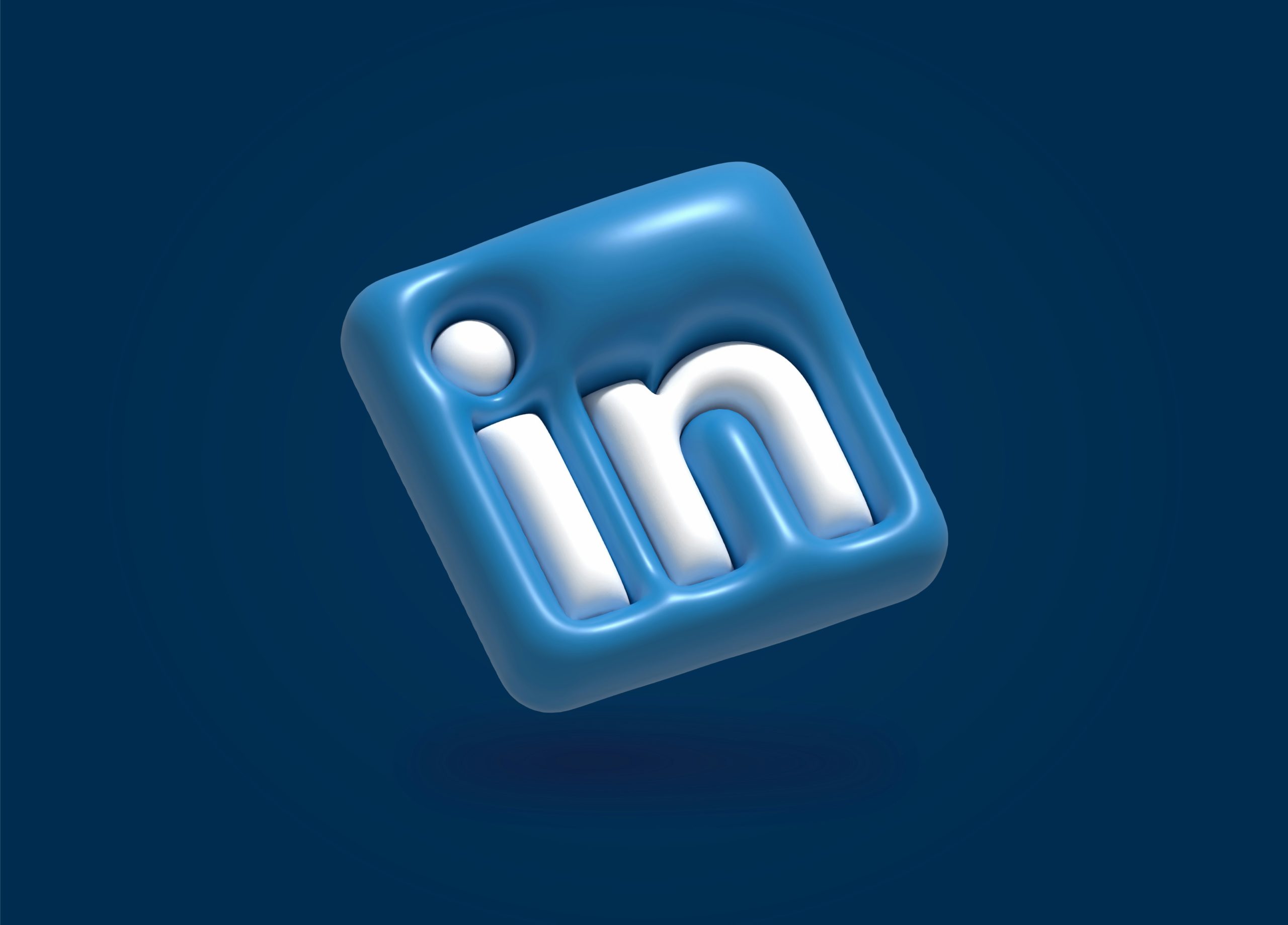Personal branding isn’t just for influencers or celebrities—it’s for anyone who wants to make a mark in their field. It’s how you present yourself to the world, both online and offline, and it’s what sets you apart from others in your industry. Think of it as your unique story and value, communicated to the people who matter most to you.
Why Does Personal Branding Matter?
In today’s digital world, people will likely Google you before meeting you. What they find—your LinkedIn profile, social media accounts, or personal website—makes up your personal brand. A strong personal brand can help you:
- Attract career opportunities
- Build trust and credibility
- Stand out in a competitive market
Key Elements of Personal Branding
- Your Story: What drives you? What are your passions, values, and goals? Sharing this creates a connection with your audience.
- Your Expertise: Highlight what you’re good at and what you bring to the table. This could be skills, knowledge, or achievements.
- Your Presence: How do you show up online? This includes your tone, the content you share, and your visual identity (e.g., profile photo, logo, or website).
Building Your Personal Brand
- Define Your Niche: What do you want to be known for? Focus on an area where you can showcase expertise and passion.
- Be Consistent: From the way you write to the colours you use in your posts, consistency helps people recognise and remember you.
- Engage Authentically: Share your thoughts, connect with others in your field, and don’t be afraid to show a bit of your personality.
Personal Branding Is a Journey
Your personal brand will evolve as you grow, so don’t stress about perfection. The key is to start small: update your LinkedIn profile, write a blog post, or share insights on social media. Over time, these small actions add up to a strong, authentic personal brand.
✨ Remember: You already have a personal brand—it’s what people say about you when you’re not in the room. The question is, are you shaping it or leaving it to chance?



